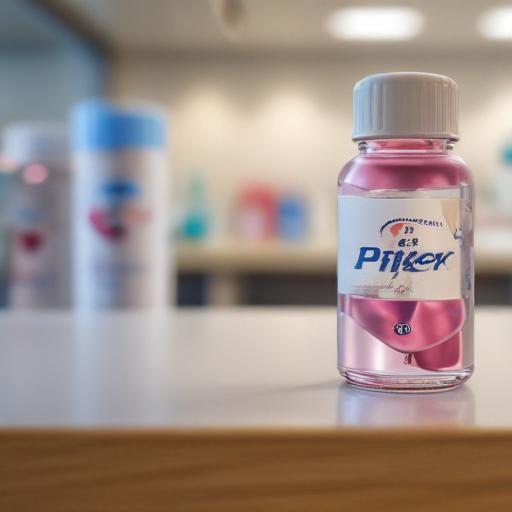Pfizer’s oncology strategy gains further momentum as Seagen integration expands the portfolio and pipeline
Pfizer’s cancer franchise remains a key growth engine, supported by a broad mix of approved therapies and a robust late-stage pipeline. The 2023 acquisition of Seagen added four antibody-drug conjugates to Pfizer’s lineup—Adcetris, Padcev, Tukysa and Tivdak—strengthening the company’s position in oncology and contributing meaningfully to revenue in 2024 and the first half of 2025. Seagen’s ongoing development of next-generation ADCs also complements Pfizer’s broader oncology ambitions.
Oncology continues to account for more than a quarter of Pfizer’s total revenue. In the first half of 2025, oncology sales rose 9% year over year, led by strong performances from Xtandi, Lorbrena, the Braftovi–Mektovi combination and Padcev. Padcev, in particular, posted a notable rebound, while Ibrance faced continued competitive pressure across markets.
Key quarterly figures illustrate the mix of growth and challenge. Xtandi generated alliance revenues of $566 million in the quarter, up 14% from the prior year. Lorbrena rose 48% to $251 million. Braftovi/Mektovi delivered $182 million, up 23% year over year. A newer addition, Elrexfio, produced $85 million in the second quarter. Ibrance declined 8% year over year to $1.05 billion, reflecting competition in key markets. Within the Seagen-added ADC portfolio, Adcetris brought in $255 million in the second quarter, a 9% year-over-year decline amid U.S. competitive pressures, while Padcev grew 38% to $542 million, driven by strong demand.
Pfizer is expanding into oncology biosimilars, marketing six biosimilars for cancer. Revenues from oncology biosimilars reached $353 million in the second quarter, up 27% year over year, adding another revenue stream to the diversified oncology lineup.
The company’s oncology clinical pipeline continues to advance, with several candidates entering late-stage development, including sasanlimab, vepdegestrant and sigvotatug vedotin. Pfizer’s long-term ambition is clear: by 2030, the company expects to have eight or more blockbuster oncology medicines in its portfolio, supported by ongoing label expansions and new trials.
Strategic partnerships and licensing activity also bolster the pipeline. In July, Pfizer closed a global ex-China in-licensing agreement with China’s 3SBio for exclusive rights to a dual PD-1 and VEGF inhibitor, broadening the potential reach of its immuno-oncology strategy and strengthening the oncology pipeline. The company is actively pursuing label expansions for Padcev, Adcetris and Elrexfio, among others, to maximize patient access and clinical impact.
Market environment and competitive landscape
Pfizer operates in a dynamic oncology space shared with major players such as AstraZeneca, Merck and Bristol Myers Squibb. The competitive landscape underscores the importance of a diversified, multi-modality approach—combining small molecules, antibody-drug conjugates and immuno-oncology biologics—to sustain growth as therapies face patent cliffs and payer scrutiny.
What this means for investors and patients
Pfizer’s expanded portfolio, post-Seagen, should support continued top-line growth in the second half of 2025. The company’s strategy of widening indications for established medicines, advancing a deep and late-stage pipeline, and adding new revenue streams from biosimilars and licensing deals could help offset intensity in some existing markets. For patients, the potential label expansions and access initiatives may broaden the real-world impact of several Pfizer medicines, particularly Padcev, Adcetris and Elrexfio.
Additional value and thoughts
– The Seagen synergy is not just about adding four ADCs; it’s about the integration of a robust ADC platform with Pfizer’s broader oncology ecosystem, including combinations and broader immuno-oncology strategies.
– Biosimilars represent a growing, lower-margin but steady revenue stream that can help stabilize long-term growth as branded portfolios evolve.
– The emphasis on label expansion signals a patient-centric approach to maximize therapeutic benefit while navigating competitive and payer landscapes.
Summary for readers
Pfizer is consolidating its leadership in oncology through the Seagen acquisition, a growing biosimilars program, and a slate of late-stage therapies aimed at delivering multiple “blockbuster” medicines by 2030. While some products face pricing and competitive pressures, the overall trajectory points to a more diversified and potentially higher-impact oncology franchise in the coming years.
